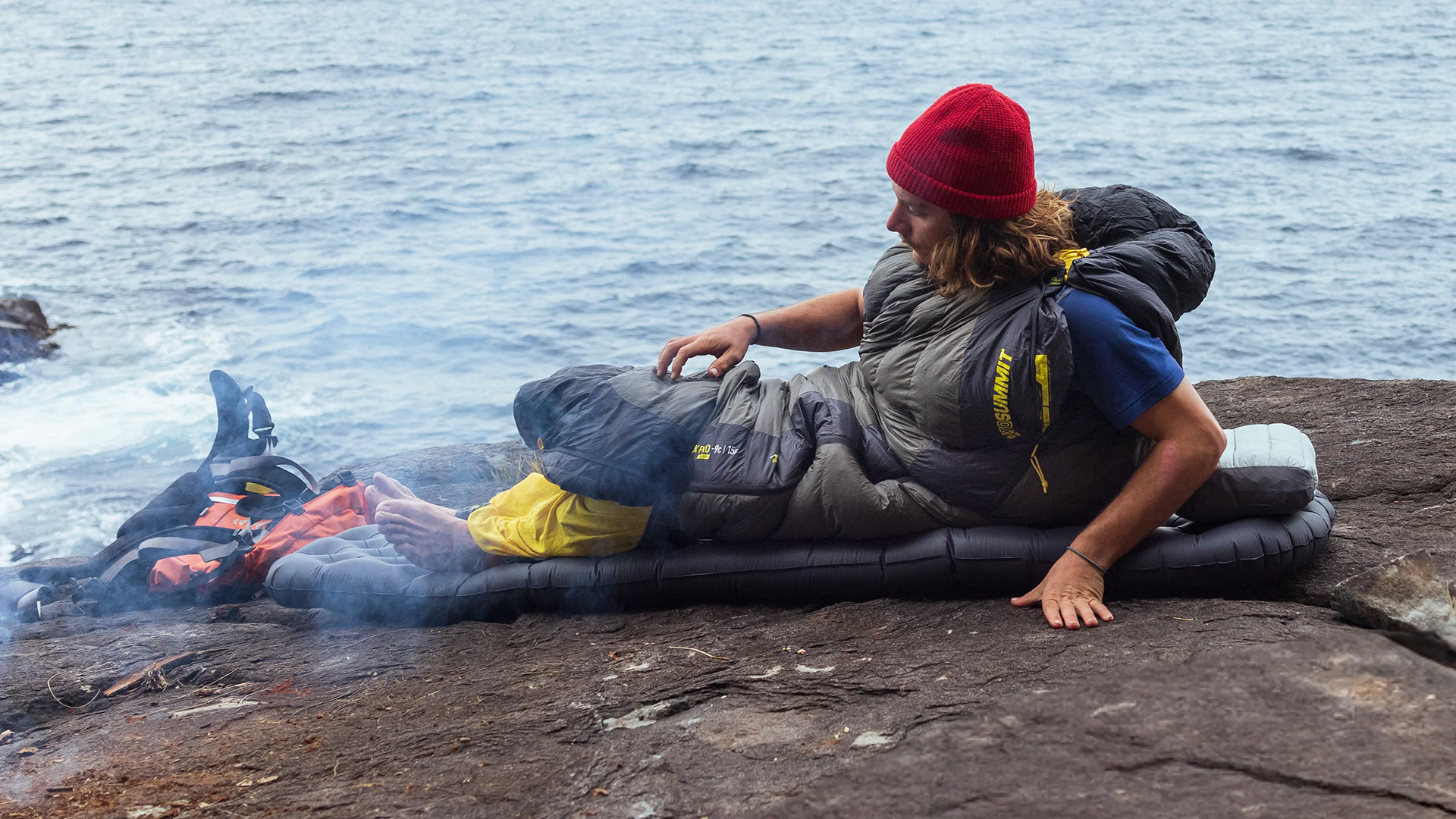

In this guide, we've got your back with the cosiest, comfiest sleeping bags for your outdoor escapades. Whether you're a seasoned adventurer or a newbie to the camping scene, we've sifted through the options to ensure you stay snug as a bug in a rug.
Picture this: You're nestled under the starlit sky, surrounded by the serene beauty of nature. But wait, what's that? Despite the breathtaking scenery, you're shivering uncontrollably because you underestimated how chilly it gets when the sun sets. Don't let this be you!
The list below contains suitable options for year-round camping; for lighter options, head over to our best lightweight sleeping bag guide. We also have dedicated guides for outdoor shelters – here are the best tents and best backpacking tents for your perusal.
Most importantly, check out T3's best camping mat guide so you don't freeze to the ground when using your sleeping bag.
The best sleeping bags to buy right now
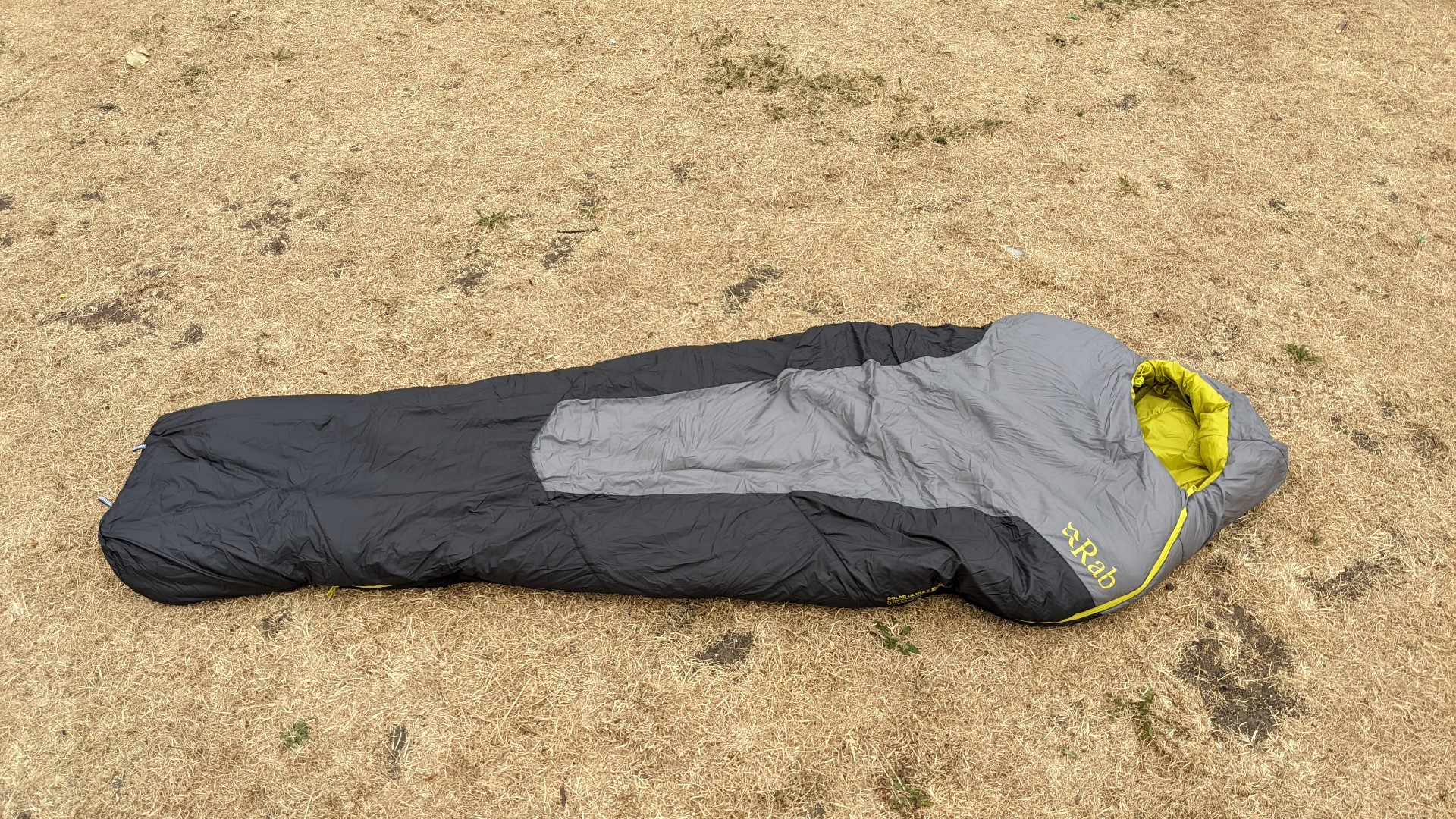

Specifications
Reasons to buy
Reasons to avoid
Our recommendation for the best sleeping bag right now is the Rab Solar 2 Ultra, which should tick the right boxes for all but the most intrepid campers. It's a robust three-season mummy sleeping bag that delivers a lot for a very reasonable price
It combines an outer of 100% recycled polyester with an inner triple layer of Recycled Stratus Synthetic Sheet Insulation, and it'll help you keep warm in colder weather with Thermo Ionic Lining Technology, a metallic layer that reflects heat back into the bag more efficiently without adding very much weight.
At 1,140g, it's not exactly featherweight, but it is very portable, and a well-designed compression sack means that it packs down very nicely. Other impressive features include an adjustable hood, a neck baffle to trap heat and a well-sized pocket for your phone. It's a bit of a shame that this isn't an all-season bag, but you do get an awful lot of quality for what you'll pay.
Read our full Rab Solar Ultra 2 sleeping bag review.

Specifications
Reasons to buy
Reasons to avoid
The Sea to Summit Ascent sleeping bag range offers campers real comfort with its versatile design and quality materials. Featuring a triple zip system, it allows for easy adjustment to stay comfortable in various temperatures.
The ULTRA-DRY Down 750+ Loft filling provides warmth, while the bag's shape offers wiggle room and versatility. At 880g, it's not ultralight but packs down easily. Tested in chilly conditions, it excelled in trapping body heat and providing comfort. Vertical baffles and a snug hood ensure insulation stays in place.
Design features like a phone pocket and oversized tubes add convenience. Compatible with other Sea to Summit bags, it offers adaptability for different camping needs. The Altitude AtI -4°C provides a tailored fit for women, addressing specific comfort needs.
Overall, the Ascent I is a versatile choice for three-season camping, providing warmth without overheating and offering options for customisation.
Read our full Sea to Summit Ascent ACI -4°C Down Sleeping bag review
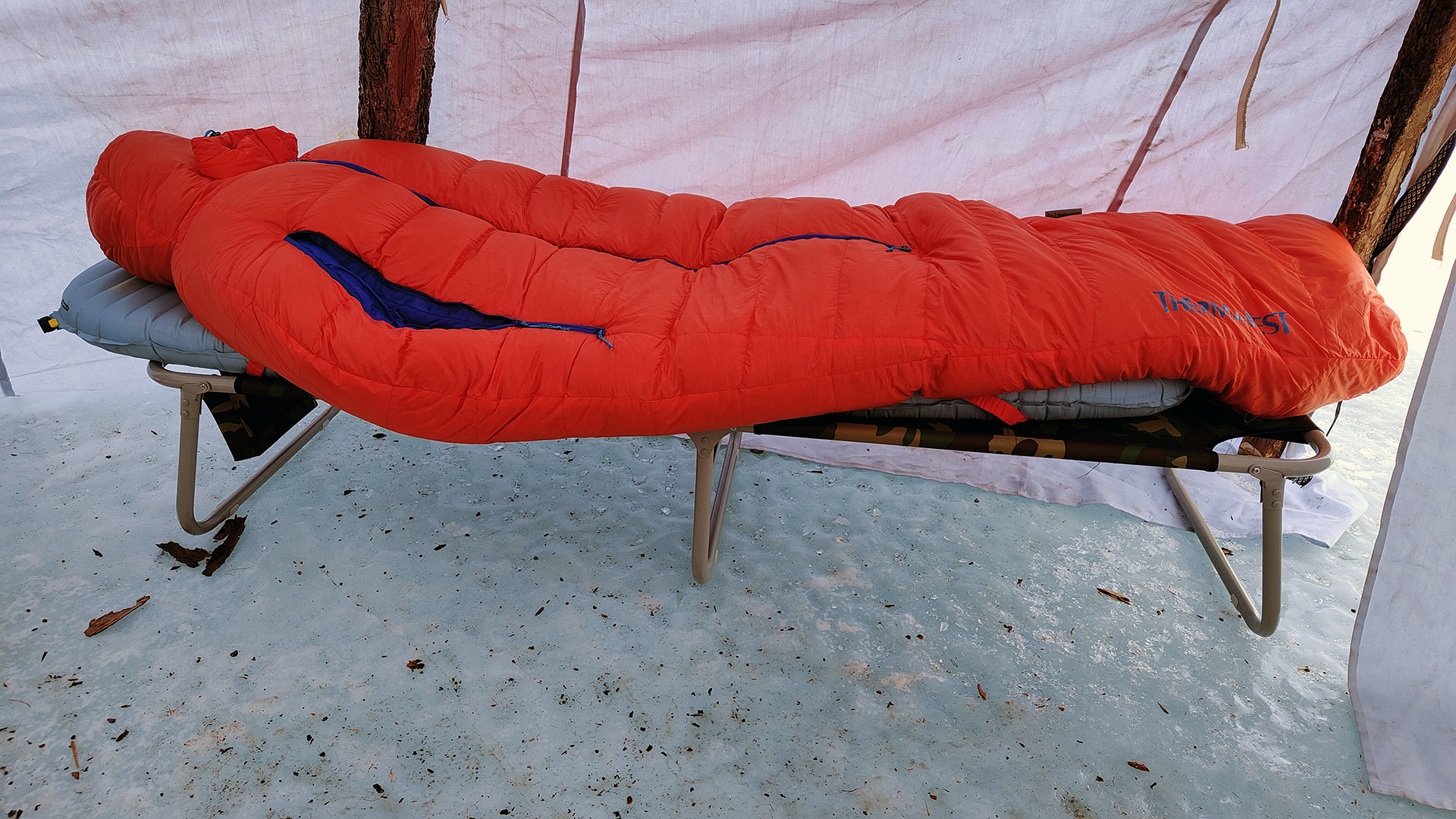
Specifications
Reasons to buy
Reasons to avoid
The Polar Ranger boasts an impressive comfort rating of -20°C/-4°F and a limit of -30°C/-20°F, ensuring warmth in the coldest conditions. Its oversized design accommodates extra layers and gear, providing versatility for varying temperatures. Despite its weight, the bag's durable construction and sustainable materials offer peace of mind for eco-conscious adventurers.
The innovative Snorkel Hood and Side Vents allow for customizable ventilation, while the Toe-asis Foot Warmer Pocket ensures maximum cosiness. While packability may pose a challenge, the Polar Ranger's exceptional performance and warmth make it a highly recommended choice for winter camping and extreme outdoor adventures.
Read our full Therm-a-Rest Polar Ranger Sleeping Bag review
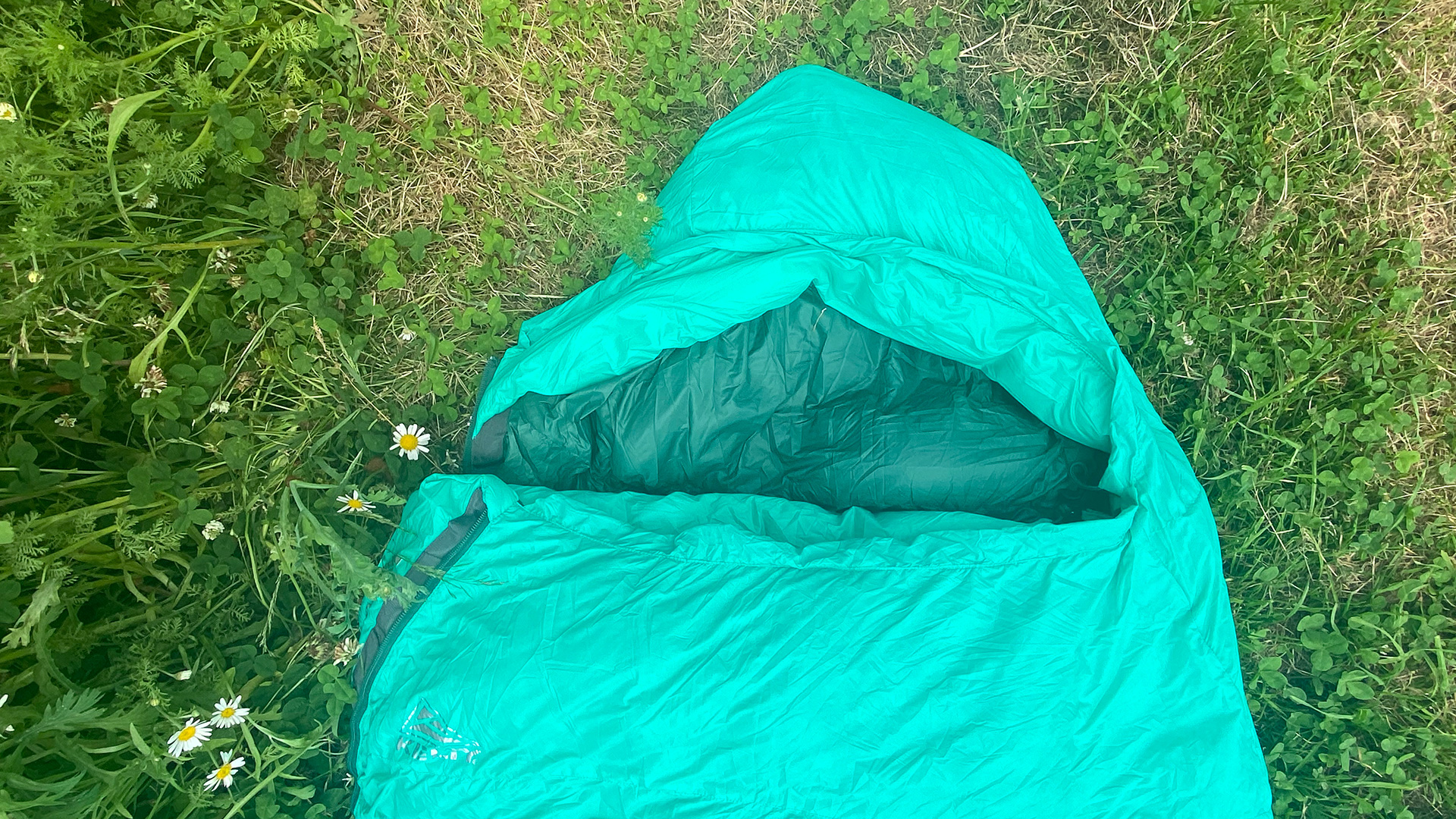
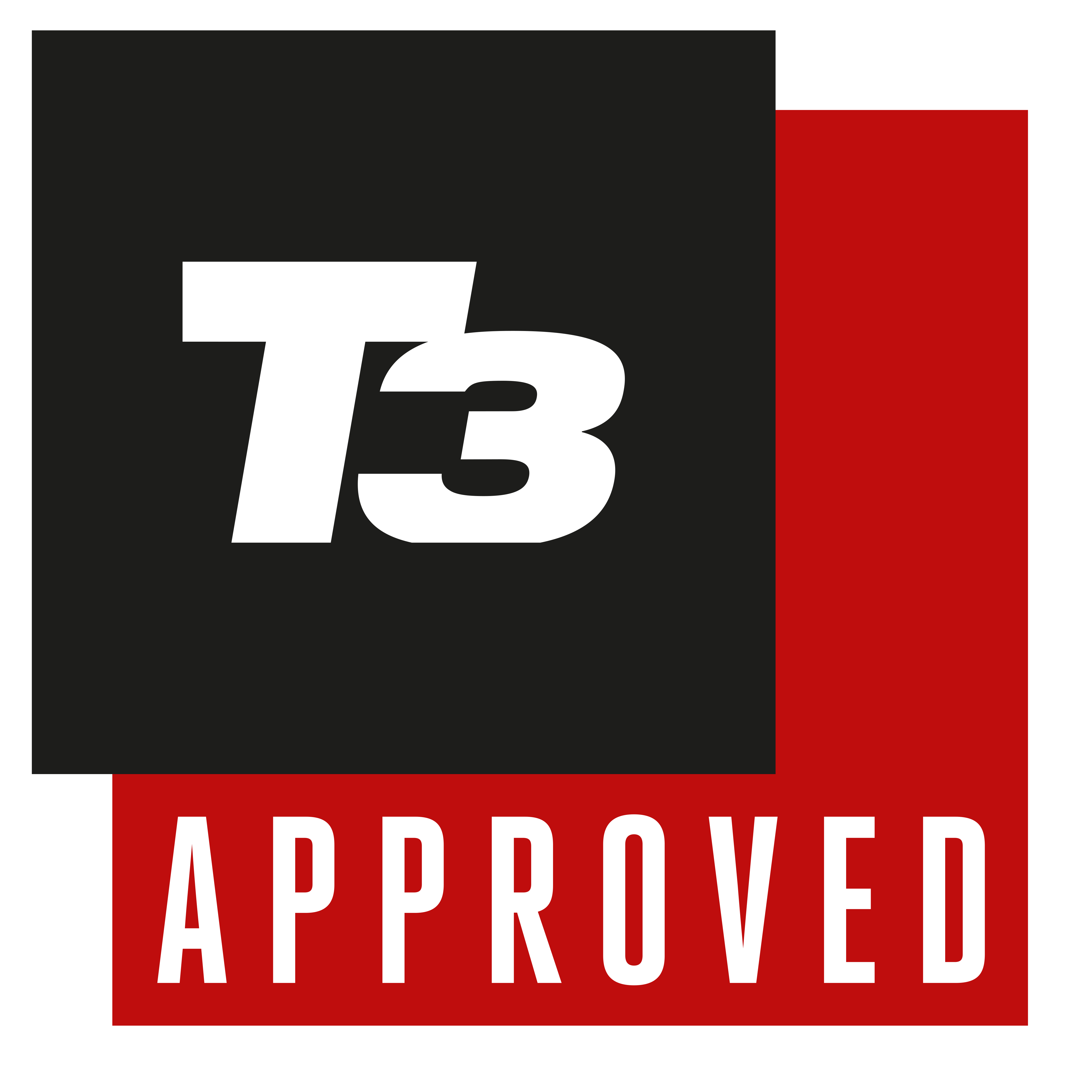
Specifications
Reasons to buy
Reasons to avoid
The reasonably priced Kelty Cosmic Ultra is a great all-rounder and will keep you comfortable through three seasons of camping trips. While this isn't a particular specialism, it's reasonably lightweight and packs down pretty small (the stuff sack is 8 x 13in / 20 x 33cm). This mummy-style bag uses 'trapezoidal baffle construction' designed to retain heat, and we found it cosy and comfy. A PFC-free water-repellent coating is a practical addition, as is the internal zippered pocket for stashing valuables, and it's available in a few shapes and sizes to fit different bodies. There are more specialist options around, for the average camper, this would make a great choice.
Read our full Kelty Cosmic Ultra review
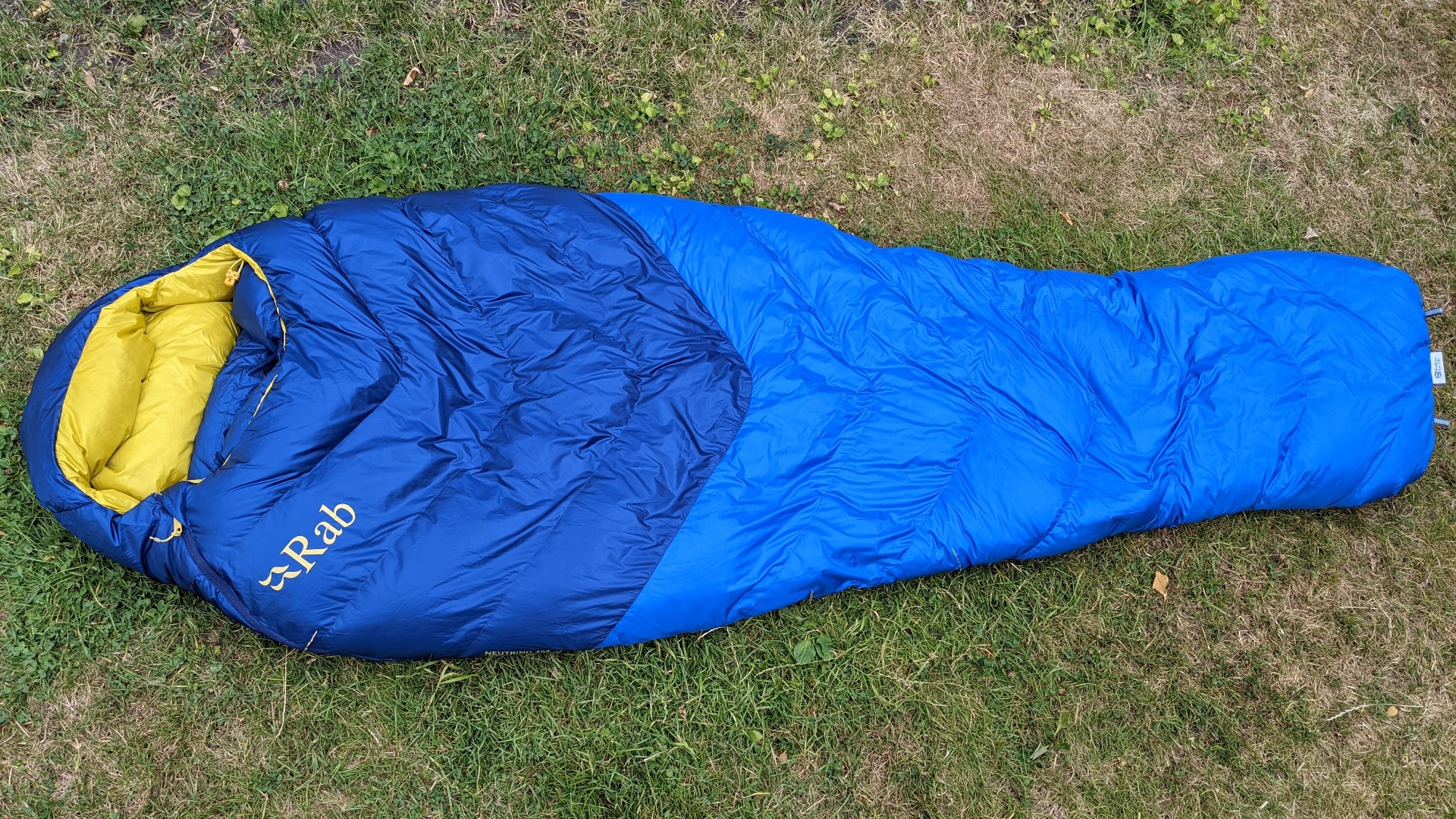

Specifications
Reasons to buy
Reasons to avoid
Striking just the right balance of weight and performance, the Rab Neutrino 400 is the result of decades of testing and tweaking by one of the outdoors industry's best-known brands, and if what you want is a sleeping bag that'll keep you warm in all but the most extreme cold, and won't weigh you down when you're on the move, it's hard to go wrong here.
It's a low-midweight bag that weighs in at 775g / 27oz and is comfort rated to -1C (with an 'edge of comfort' rating of -7C / 20F), making it suitable for year-round use. It's hand-filled with 800 Fill Power Responsible Down Standard (RDS) Certified Goose Down that's treated with a Nikwax fluorocarbon-free hydrophobic finish that makes it more water-resistant than standard goose down, but you'll still want to keep it protected from the damp in its waterproof roll-top compression sack. Beautifully designed and made from eco-friendly recycled materials, it's a brilliant all-rounder.
Read our full Rab Neutrino 400 sleeping bag review
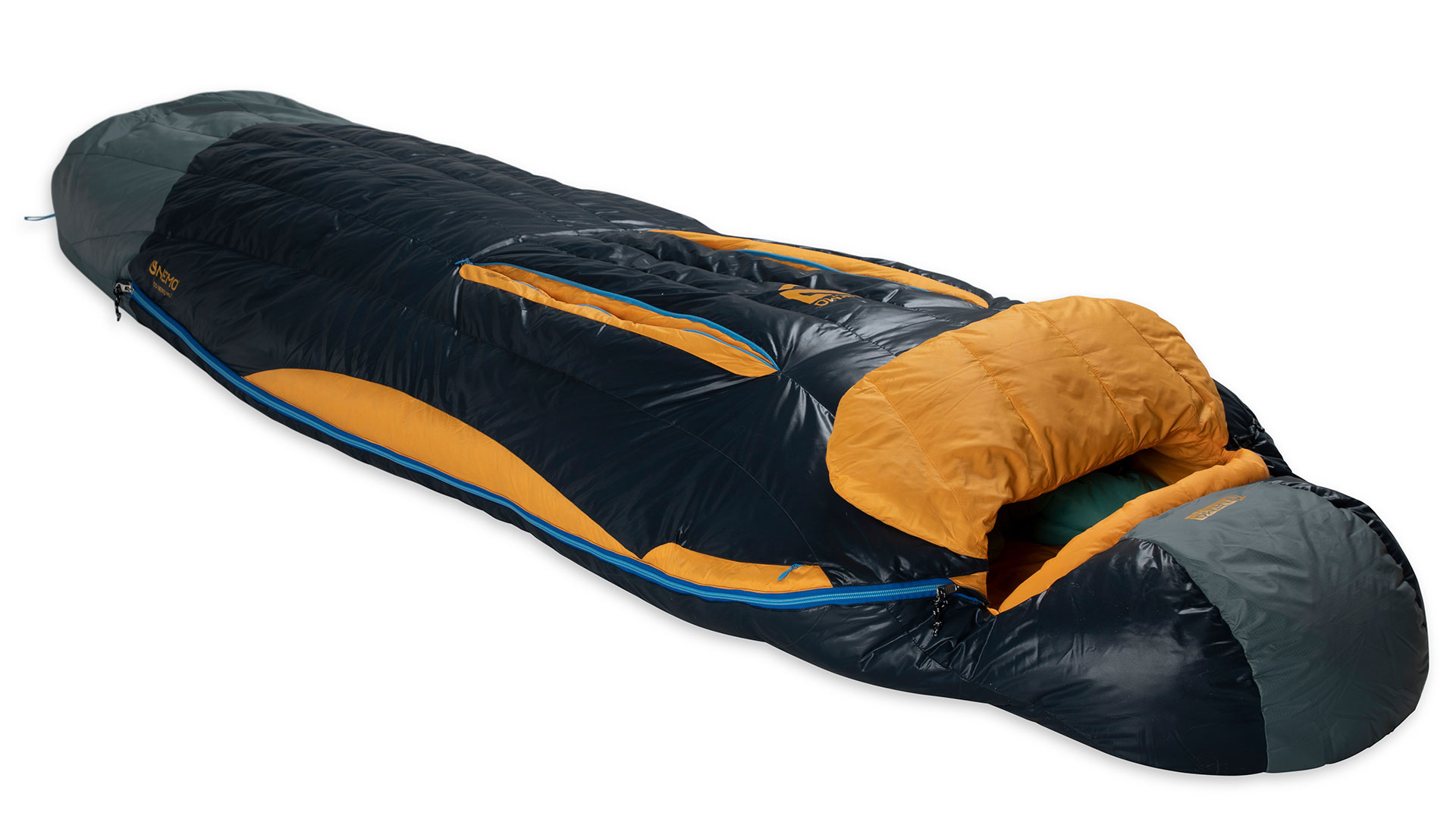

Specifications
Reasons to buy
Reasons to avoid
Billed as the ideal backpacking bag for side sleepers, the Nemo Disco has an unusual 'spoon' shape that gives you extra room around the elbows and knees and enables you to roll over in the night (and even curl up a bit) without dragging the entire sleeping bag with you. It's fantastically comfortable with a whole stack of size options; there are men's and women's versions in two lengths, plus two fill weights, and you get some interesting features.
One notable example is the 'blanket fold', a padded flap that runs under your chin and keeps the cold out, and 'thermo gills' around the middle that unzip to reveal a section of less padded fabric, letting you cool down without letting in a draught, as well as giving you a bit of extra room in the middle. It's not particularly light or compact, but its thoughtful features and excellent comfort mean that we can give it a firm recommendation.
Read our full Nemo Disco sleeping bag review
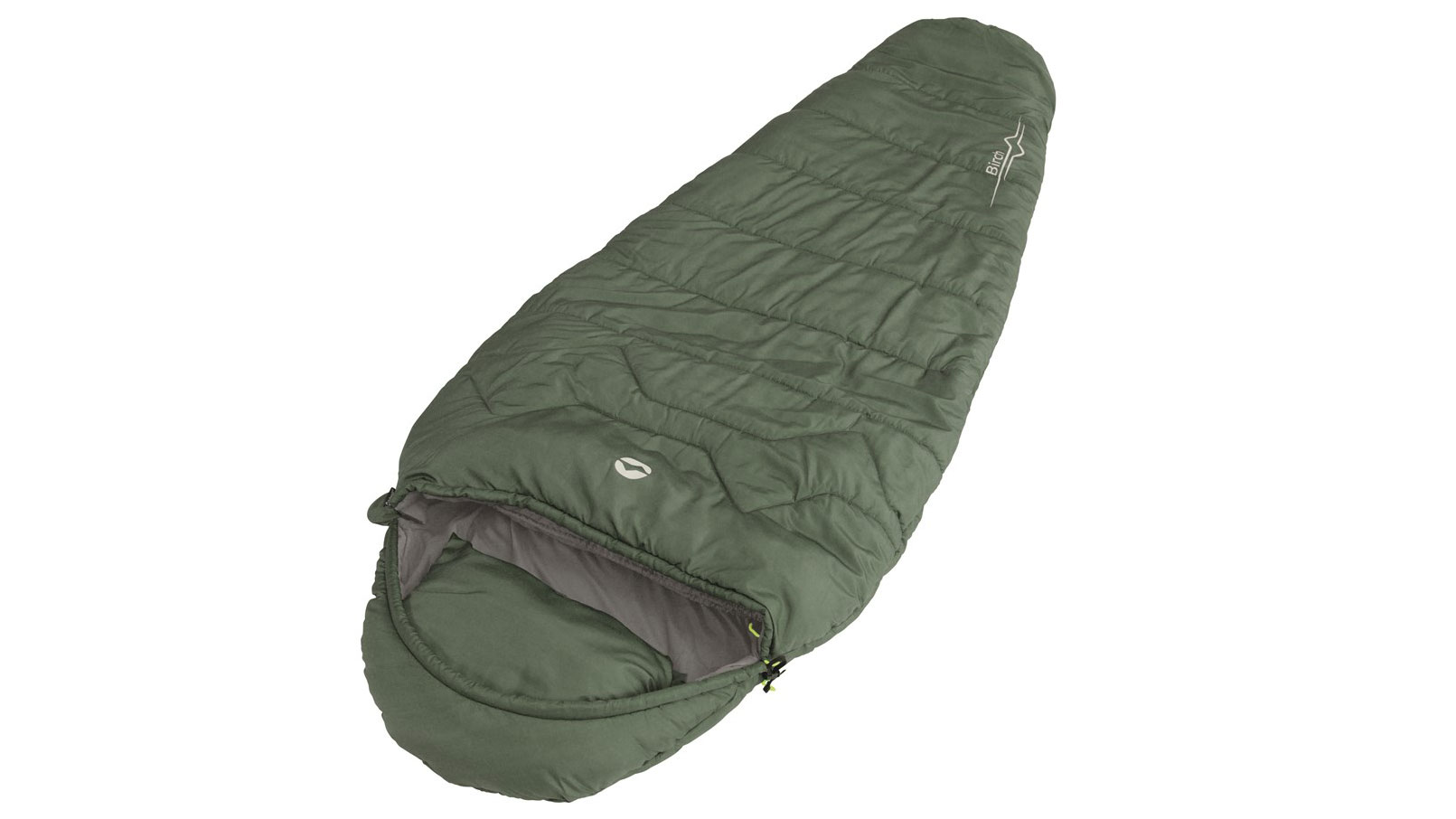

7. Outwell Birch
Specifications
Reasons to buy
Reasons to avoid
This isn't a compact or lightweight option, but if you're car camping and the priority is comfort, the Birch from the Scandinavian family camping brand Outwell is the best sleeping bag for you. The Birch is slightly wider and longer than usual, with a generous hood to give plenty of wriggle room. Shoulder and zip baffles keep the heat in. The two-way L-shaped zip allows for further temperature regulation: you can pop your feet out to cool them down, for instance, or even undo the whole thing and spread it flat like a duvet. Finally, there's a moveable pillow included. If you want even more cosiness, there are three different insulation weights to choose from – the Birch Lux or Birch Supreme are built for colder temperatures.
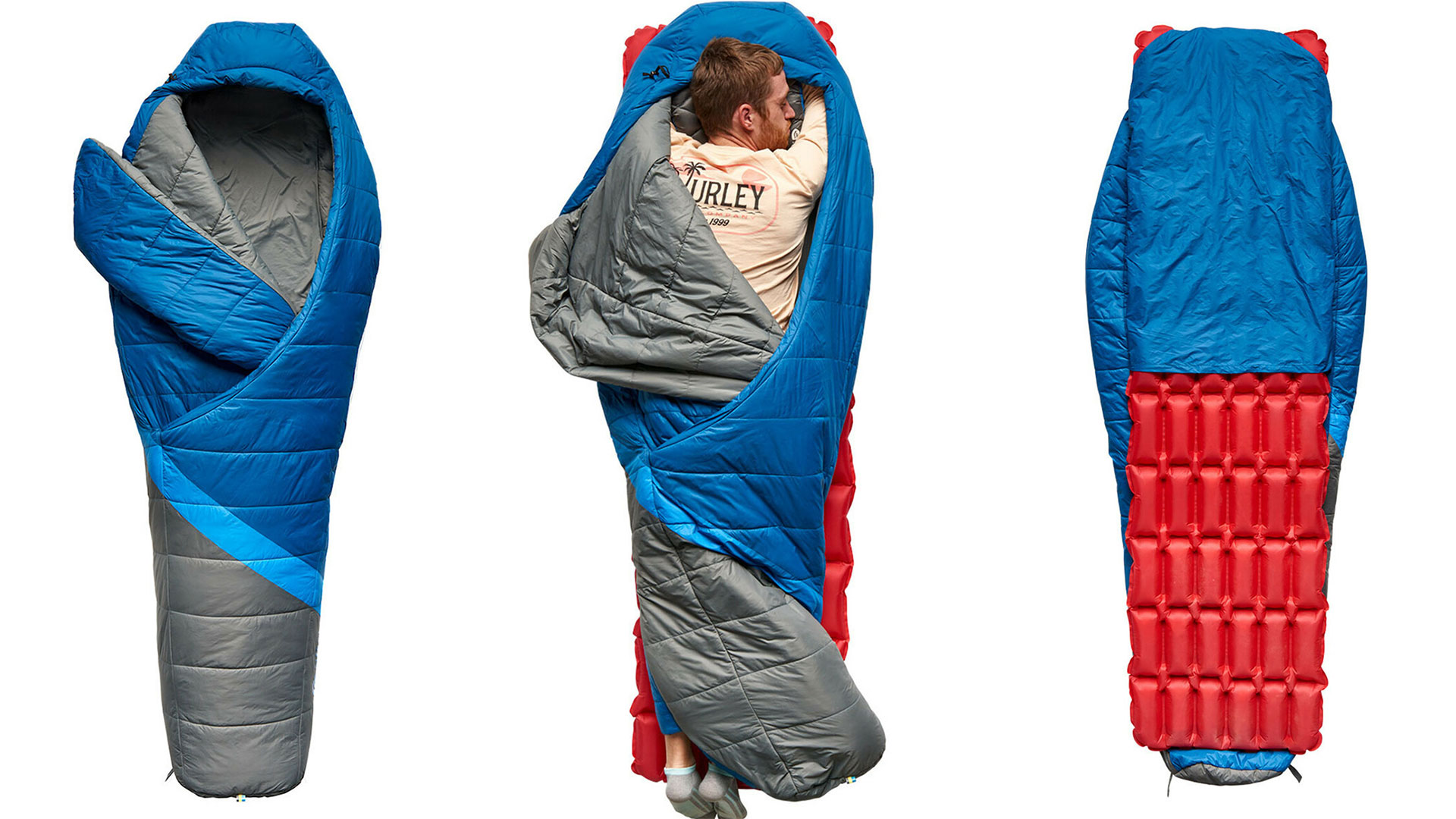

8. Sierra Designs Night Cap 20
Specifications
Reasons to buy
Reasons to avoid
With the Night Cap, Sierra Designs has somewhat reinvented the whole sleeping bag concept. There's no zip, which sounds like it'd cause issues, but in fact, it's perhaps the comfiest sleeping bag our tester had ever slept in. The innovative origami design folds over at the front and feet to allow you to snuggle up fully or pop an arm or foot out when you need to cool down a bit. It's like a massive comforter that doesn't get twisted or bunched up. The foot section's 'self-sealing' design effectively prevents drafts from creeping in, and the shoulder pockets ensure the top half stays in place around you when it's cold too.
There's also a sleeve in the back to tuck your sleeping mat into, which is great if you like to lie comatose on your back at night but not so helpful if you want to lie on your side at any point. Sierra Designs has integrated recycled materials into the design for an eco-friendly slant, and it's available in 20 and 35-degree versions. Choose between Regular, Long, and Women's specific lengths (be aware the Women's version is for shorter women only – it fits up to 5'6" / 172.72cm).
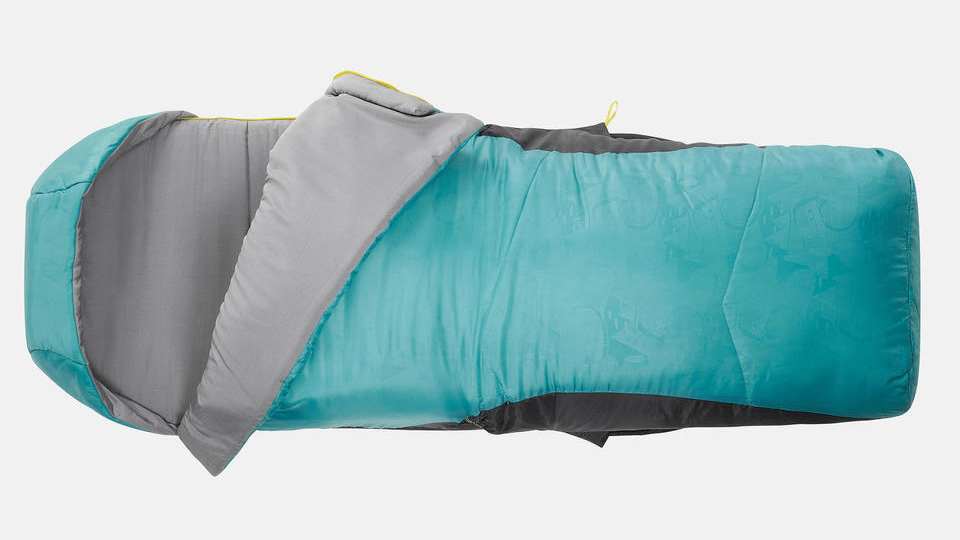

9. Decathlon Kids 2-in-1 Sleeping bag
Specifications
Reasons to buy
Reasons to avoid
Make sure mini campers get a great night’s sleep with Decathlon’s 2-in-1 sleeping bag for kids, which includes both a sleeping bag and a sleeping pad. We like that the sleeping pad can be used separately from the bag or slotted into the bottom of the sleeping bag so that small campers don’t slide off in the night. You’ll get good value for money for years to come with this clever design, as the 2-in-1 bag can also be cinched in or extended with bungees, so the sleeping bag can ‘grow’ with your child (it sleeps children measuring from 115 cm and 155 cm in height). The mat does need a few puffs to inflate it, but then the system is quickly ready for bedtime. This bag is only really warm enough for summer holidays – take it on family adventures and summer holidays, and it all stores away neatly in a carry bag when not in use.
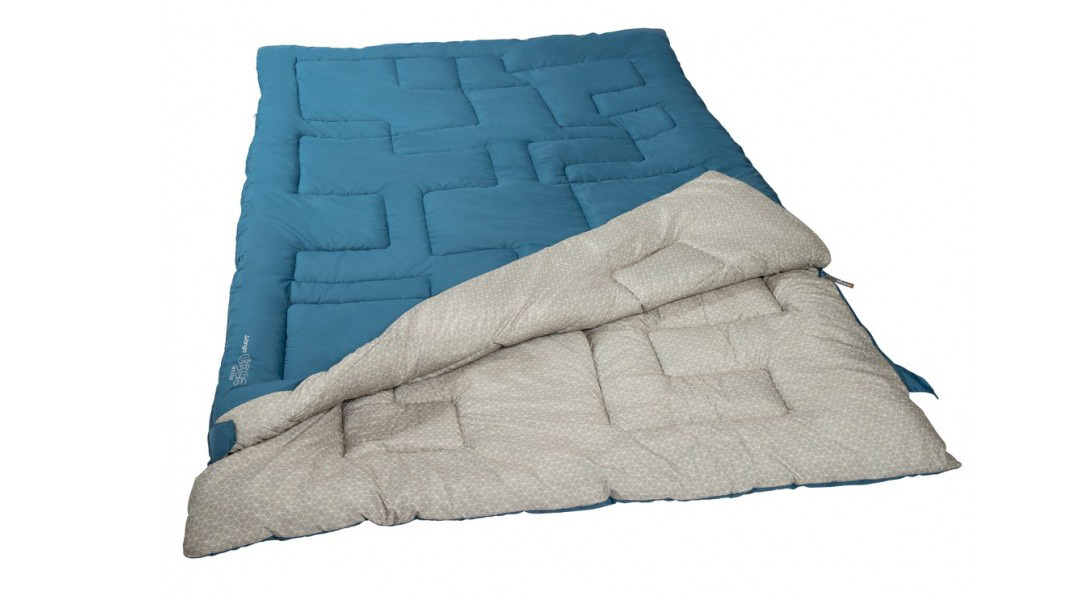

10. Vango Homestead Double sleeping bag
Specifications
Reasons to buy
Reasons to avoid
If you fancy cosying up with your camping partner, there's always the option of doubling up. For summer trips, one of the best double sleeping bags we've found is the Vango Homestead. This 150x208cm square bag has plenty of room for two, and for a low RRP delivers a lot of bang for your buck. The soft lining feels lovely to touch, and it's pleasingly breathable (although be aware that this is strictly for summer adventures). It also looks super smart – as well as campervan or car camping trips, you could use it for guests coming to stay in your home.
Read our full Vango Homestead double sleeping bag review
How to choose the best sleeping bag for you
The best sleeping bag for you will depend on a variety of factors, the big two being how warm it needs to be and how lightweight it needs to be. Usually, the warmer the bag, the heavier it is, although the latest and best technical sleeping bags manage to deliver warmth for very little weight.
Lighter-weight materials will often wear out faster and need more care and attention to keep them undamaged in normal use. While a winter sleeping bag (for the UK) should be comfortable well below zero, spring and summer bags can have a comfort rating of zero and up, although bear in mind it’s usually easier to fix being too warm rather than being too cold at night.
Not all sleeping bags need to be super-light, especially if you’re car-camping for a night or two, but if you're trekking or hiking to your campsite – or wild camping – then shaving those extra grams off will pay dividends. If hiking with your sleeping bag is on the cards, then looking at packability is sensible – you'll need something that fits comfortably into your hiking backpack with all your other gear. Cheap synthetic sleeping bags are the bulkiest, while expensive goose-down compresses for travel the best.
The best sleeping bag brands include Thermarest, Rab, Vango, Mountain Equipment, Mountain Hardware, Montane, Mammut, Patagonia and Alpkit. These brands will not only have wide ranges to choose from, ensuring you get the ideal spec and sizing for you, but they also have strong environmental pedigrees.
FAQ
Are sleeping bag temperature ratings accurate?
Be wary of taking minimum temperature ratings literally, as these results are achieved in a lab and are therefore only guidelines - real-world variables will impact a sleeping bag’s temperature performance.
Most sleeping bags state an EN rating, which is a European standard (EN13537) covering four temperature ranges. These are: upper limit, comfort, lower limit, and extreme (a survival only rating and not to be followed for normal use).
On a related note, check the fit of a sleeping bag before you buy, as different lengths and chest sizes are often available. The better the fit (you want it to be snug but not tight), the warmer you’ll be. Don’t be tricked into thinking you’ll be wearing more than just base layers in a sleeping bag, either, as extra clothing changes the fit of the bag and sometimes makes it colder. If it's nippy out, lay your jacket on top.
Get all the latest news, reviews, deals and buying guides on gorgeous tech, home and active products from the T3 experts

Matt Kollat is a journalist and content creator who works for T3.com and its magazine counterpart as an Active Editor. His areas of expertise include wearables, drones, fitness equipment, nutrition and outdoor gear. He joined T3 in 2019. His byline appears in several publications, including Techradar and Fit&Well, and more. Matt also collaborated with other content creators (e.g. Garage Gym Reviews) and judged many awards, such as the European Specialist Sports Nutrition Alliance's ESSNawards. When he isn't working out, running or cycling, you'll find him roaming the countryside and trying out new podcasting and content creation equipment.